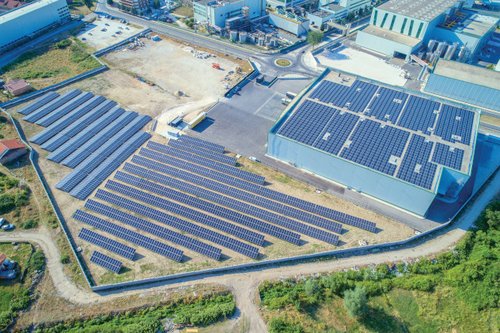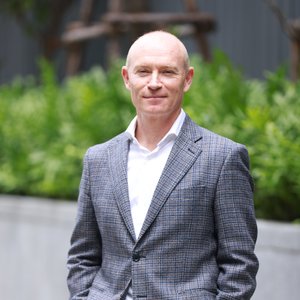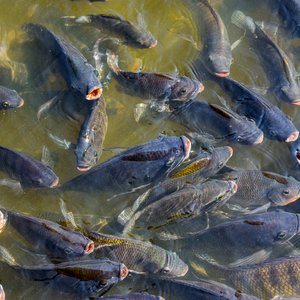In 2021, Huvepharma announced the start of Huve Nutraceuticals (HuveNutra), a joint venture for the large-scale production of omega-3 algal oils. HuveNutra was established with a technological partner with experience in algae oil production, combining the manufacturing and fermentation expertise of Huvepharma with an existing platform for algae oil production.
“Huvepharma’s management team has long viewed omega-3 products as strategically important because they can be used for both animal and human nutrition. Furthermore, it is a growing market that provides a sustainable alternative to the troubled production of fish oil,” Daniel Arana, global product manager aquaculture at Huvepharma, told Aquafeed.com.
Currently, Huvepharma operates one of the largest fermentation facilities in Europe, exceeding 10,000 cubic meters. “This resulted from a recent expansion which added 3,500 m3 fermentation volume to our total capacity. The expansion was undertaken for two main reasons: to allow fermentation-derived products to enter new markets, capitalizing on our internal expertise in fermentation; and ensure sufficient capacity for the continued growth of the animal health side of the business,” said Arana.
The omega-3 manufacturing process is based on a proprietary range of Schizochytrium spp. algae strains. Production takes place in a modern, state-of-the-art fermentation facility in Bulgaria, where non-GMO sugar sourced from locally grown corn is used as a carbon source.

“The large scale of the fermenters, the high-level automation, and the local expertise ensure efficient and sustainable production. Currently, 25% of the energy and 30% of the steam used in production is derived from our own renewable sources,” Arana said. “Our big fermentation infrastructure means that production of omega-3 products is flexible and can be easily adjusted according to market demands.”
When tackling the limitations in fish oil supplies, there is a growing need for alternative algae oil supplies, and Huvepharma focuses on two main products, powder and oil for aquaculture and livestock applications.
The powder product is already used in larvae feed applications and enrichment. “For this application, the product has a very beneficial particle-sized distribution,” Arana said.
“The target markets are aquaculture – larvae feed and grow-out feed – and livestock applications, all markets that are already served by the company. We have been especially successful in introducing the product to larvae feed applications. We are currently focusing on expanding the application of the product portfolio to other segments.”
In terms of price, Huvepharma is committed to supplying competitive omega-3 products produced in a sustainable way. “While fish oil prices have been extremely volatile, algae oils provide a stable alternative, alleviating supply shortages,” Arana said.
All formulations are produced under a nitrogen blanketing process to avoid oxidation and products are stabilized to ensure product stability. The products are non-GMO and vegan-certified and are produced in a GMP+ manufacturing environment.
“We are optimistic and believe in the future of algae oil. We see a clear trend of fish oil being blended with algae oil to improve DHA content and alleviate supply shortages. With the drive towards sustainable production and continuous improvements in the fermentation process, the market share of algae oils is poised to grow,” Arana stated.
Huvepharma continues to invest in sustainability initiatives based on renewable energy sources. The company expects to become carbon neutral by 2030. “This strategy will also benefit our customers in achieving their sustainability targets,” Arana concluded.










